In recent blog posts, we have explored the research on impactful professional learning for educators, whom Rivet defines as teachers and leaders at the school and district levels. In the scoring and evidence guide Rivet uses to evaluate providers for inclusion in the Professional Learning Partner Guide, we are intentional about specifying when teachers and leaders need to develop similar knowledge and skill (curriculum launch) and when they need professional learning customized to their roles (ongoing support for teachers and systems design and leadership support for leaders).
Leaders play a vital role in implementing high-quality instructional materials (HQIM) and require specific professional learning to be effective instructional leaders in their schools and school systems. Recent research points to several key characteristics of leader professional learning that are essential to effectively preparing leaders to support the implementation of HQIM. Specifically, HQIM-aligned professional learning for leaders should help them:
- Define and communicate an academic vision;
- Build coherence around high-quality instructional materials; and
- Create a culture of collaborative leadership.
Define and Communicate an Academic Vision
Successful curriculum implementation starts with an academic vision that is content-specific, grounded in the belief that all students can be successful, and clearly describes what students should be doing in classrooms every day. A clear academic vision focuses and aligns instructional actions and decisions at all levels of the system — from a districts’ decision about which curriculum to adopt to a teacher’s decision about how to tweak her lesson to better support her English language learners. A clear academic vision also encourages educators to operate with a sense of purpose and urgency, rather than compliance 1. Having adopted a strong curriculum, leaders need professional learning that helps them develop a clear vision or picture in their mind of what strong implementation looks like. When they walk into a classroom using Zearn, for example, what should they expect to see? To get clear on this, leaders benefit from professional learning that helps them understand the big picture — how the content and approach of the curriculum connects back to their academic vision — as well as the minutia — how the components of the curriculum should be used by teachers on a day-to-day basis.
Build Coherence Around HQIM
Coherence is the result of aligning school and district policies and practices with a vision for teaching and learning2.Incoherent systems create confusion and inefficiencies because they require educators to navigate systems and policies that contradict best practices for HQIM implementation, such as insufficient instructional time or planning protocols that do not align with the curriculum 3. Therefore, leaders need support in understanding how to analyze and adjust processes, systems, and structures such as budgeting, grading policies, school schedules, staffing models, and observation and feedback tools to ensure the successful, long-term implementation of their HQIM 4. This type of professional learning usually occurs through consultation with an HQIM expert. By leveraging the knowledge of experts for their own professional learning, leaders gain knowledge about the resources required for implementation of their HQIM and the work they need to prioritize to ensure a coherent implementation.
Create a Culture of Collaborative Leadership
Implementing curricula is not something teachers can do alone. It requires sustained and coordinated effort from many stakeholders — teachers, instructional coaches, principals, and district supervisors. Synchronizing these efforts to build coherence around HQIM requires a lot of communication and collaboration across a system and a set of clearly defined roles and responsibilities. This work is nuanced and deeply impacted by the HQIM itself; therefore, school and school system leaders may need to leverage an outside expert to execute an effective system of collaborative leadership. This type of professional learning usually occurs through coaching and consultation that supports leaders create enabling structures that facilitate open and honest collaboration, planning, and feedback between the school system, school leadership teams, and staff.
How Does Rivet Support Effective Leader Professional Learning?
Rivet Education recognizes that leaders are vital to supporting strong teaching and learning and need professional learning that focuses on their unique roles in implementing HQIM. As a result, we offer several tools to ensure leaders get the support they want and need.
- Rivet’s Framework for High-Quality Professional Learning defines the characteristics, types, and structures of high-quality, curriculum-aligned professional learning. It can be used as a reference for creating annual professional learning plans.
- The Professional Learning Partner Guide offers a vetted list of professional learning partners that provide direct coaching and consultation support to leaders or HQIM-aligned support to teachers through workshops, PLCs, or coaching.
- Rivet’s Professional Learning Partners Guidebook supports leaders in selecting, interviewing, and managing professional learning partners to ensure they receive the highest quality professional learning services to meet their specific needs.
We also encourage you to join us on Thursday, September 15 at 10:00 a.m. CT for our Professional Learning Power Hour, where Leading Educators will join us to discuss RAND’s recent study of their work in Chicago and how they worked alongside school and district leaders to improve teacher practice and student outcomes.





